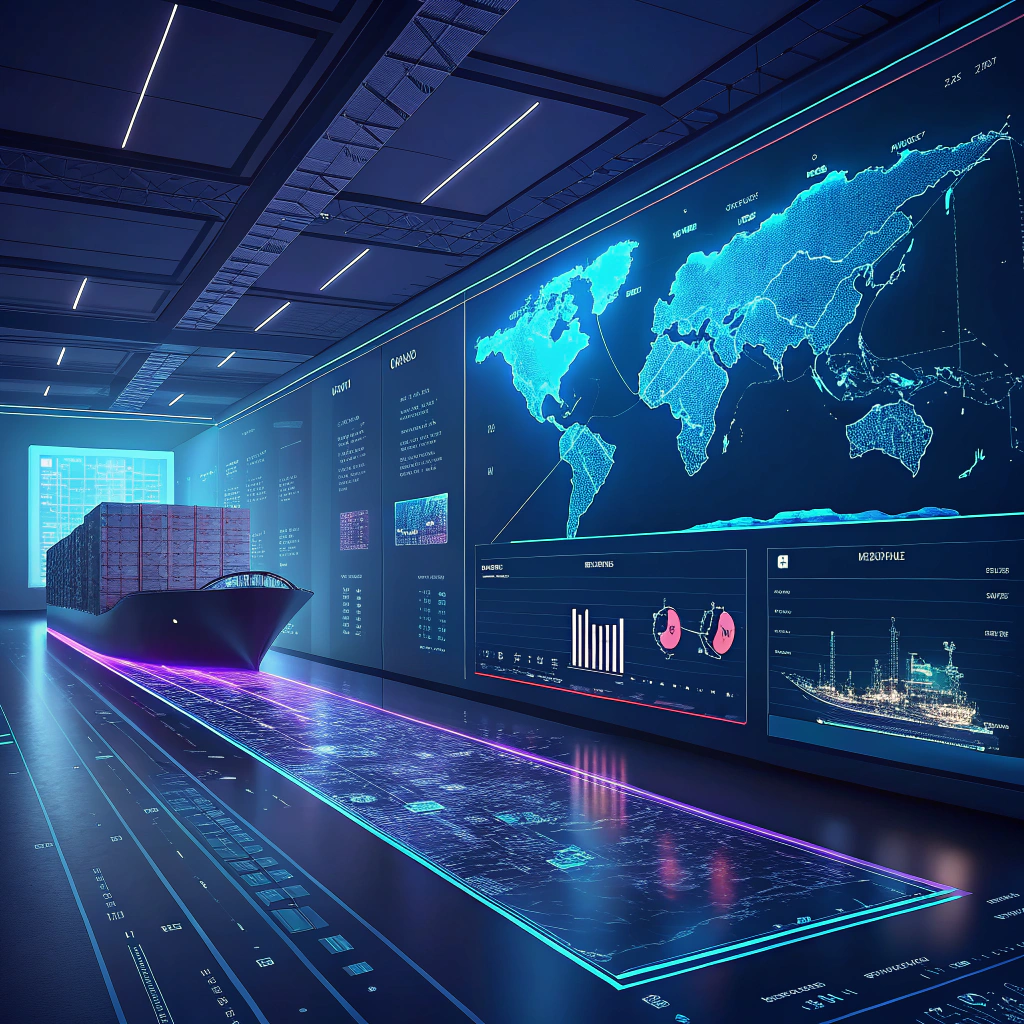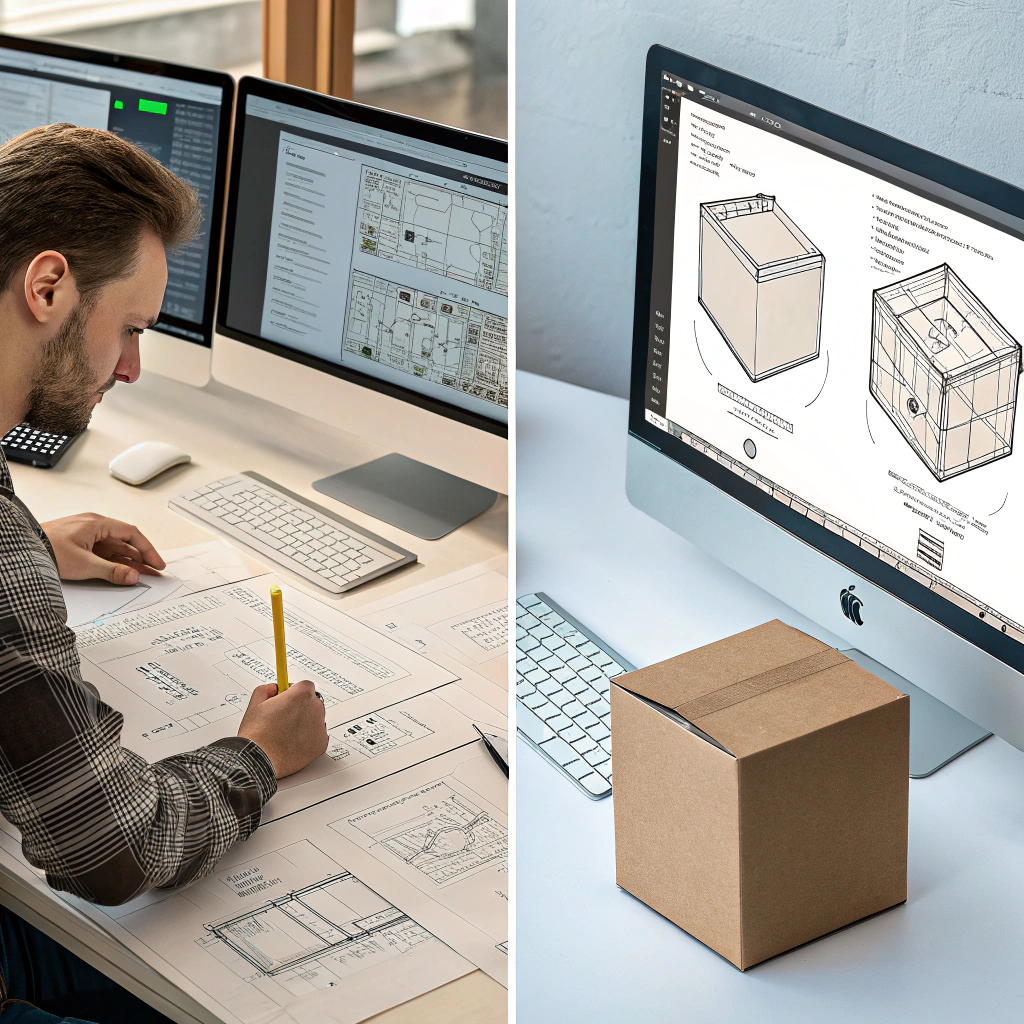AI-Powered Packaging Design: How Machine Learning Optimizes Protection
Artificial intelligence is revolutionizing packaging design by analyzing millions of data points to create protection solutions that traditional engineering methods could never achieve. Machine learning algorithms process shipping conditions, product characteristics, and damage patterns to generate optimized packaging designs that reduce damage rates by up to 40% while simultaneously cutting material costs by 25%.
This technological transformation moves packaging design from experience-based decisions to predictive science, where AI systems continuously learn from real-world performance data to improve protection effectiveness and cost efficiency.
Predictive Damage Analysis Through Machine Learning
AI systems analyze vast datasets of shipping damage incidents, identifying patterns invisible to human designers. Machine learning models process variables including transportation modes, seasonal weather conditions, handling procedures, and package contents to predict failure points with remarkable accuracy.

AI systems analyze millions of shipping damage incidents to identify patterns and predict failure points with unprecedented accuracy.
These algorithms examine historical damage claims, correlating specific product types with protection failures under various shipping conditions. By analyzing thousands of damage incidents, AI identifies subtle relationships between package design elements and protection performance that inform superior design decisions.
Neural networks process environmental data including temperature fluctuations, humidity changes, and vibration patterns to predict how packages will perform across different shipping routes and seasonal conditions.
Automated Material Selection and Optimization
Machine learning algorithms evaluate material properties against performance requirements to recommend optimal material combinations. AI systems consider factors including crush strength, moisture resistance, temperature stability, and cost efficiency to generate material specifications that meet exact protection needs without over-engineering.
Advanced algorithms simulate stress testing virtually, reducing the need for physical prototyping while accelerating design iterations. These systems can test thousands of material combinations and structural configurations in minutes, identifying optimal solutions that would take weeks using traditional methods.

Machine learning algorithms evaluate thousands of material combinations and structural configurations to optimize protection while reducing costs.
AI-driven material selection considers sustainability metrics alongside performance requirements, recommending eco-friendly alternatives that maintain protection standards while reducing environmental impact. Machine learning models analyze the complete lifecycle impact of material choices, optimizing for both immediate protection and long-term sustainability goals.
Dynamic Design Adaptation and Real-Time Learning
AI packaging systems continuously adapt designs based on real-world performance feedback. When damage occurs, machine learning algorithms analyze the failure mode and automatically adjust design parameters to prevent similar incidents. This creates packaging solutions that improve over time through accumulated learning.
Sensor integration provides real-time shipping condition data that feeds back into AI design systems. Temperature sensors, accelerometers, and humidity monitors create detailed shipping profiles that inform future design improvements and route-specific packaging recommendations.
Structural Engineering Through Computational Intelligence
Machine learning optimizes packaging geometry by analyzing structural mechanics principles at unprecedented scale. AI systems evaluate thousands of potential box configurations, identifying designs that maximize protection while minimizing material usage through advanced computational modeling.

Generative AI creates innovative packaging geometries using biomimetic principles and mathematical optimization for superior protection performance.
Generative design algorithms create packaging structures that human engineers might never conceive, using biomimetic principles and mathematical optimization to develop innovative protection solutions. These AI-generated designs often feature complex internal geometries that provide superior protection through intelligent force distribution.
Quality Control and Defect Prediction
Computer vision systems powered by machine learning inspect packaging quality with superhuman accuracy. AI algorithms detect subtle defects in materials, printing quality, and structural integrity that could compromise protection performance. These systems identify potential failure points before packages enter the supply chain.
Predictive maintenance algorithms analyze packaging line performance data to prevent equipment failures that could compromise package quality. Machine learning models predict when calibration adjustments or component replacements are needed to maintain optimal packaging performance.
Implementation Strategies and ROI Optimization
Successful AI packaging implementation requires strategic data collection and systematic algorithm training. Companies must establish data pipelines that capture packaging performance metrics, shipping conditions, and damage incidents to feed machine learning systems effectively.
Return on investment calculations show that AI packaging systems typically pay for themselves within 18-24 months through reduced damage claims, optimized material usage, and improved customer satisfaction scores. The technology becomes more valuable over time as algorithms accumulate more training data and improve prediction accuracy.
Future Developments and Industry Impact
Emerging AI technologies including quantum computing and advanced neural architectures promise even more sophisticated packaging optimization capabilities. These developments will enable real-time packaging customization based on specific shipping routes, weather forecasts, and handling procedures.
AI-powered packaging design represents a fundamental shift toward intelligent, adaptive protection systems that continuously evolve to meet changing shipping challenges while optimizing cost and environmental performance through data-driven precision.
At Imperial Paper, we help businesses of all sizes design packaging that protects, performs, and delights. From sturdy shipping boxes to branded unboxing experiences, we’ve got you covered.
📞 Talk to our team or explore our eco-friendly, customizable packaging solutions today.
Need smaller quantities or more personalized packaging options? Visit our partner site BestBoxStore.com—perfect for boutique brands, creative campaigns, and custom low-volume orders.
